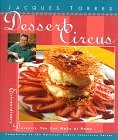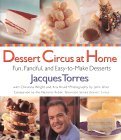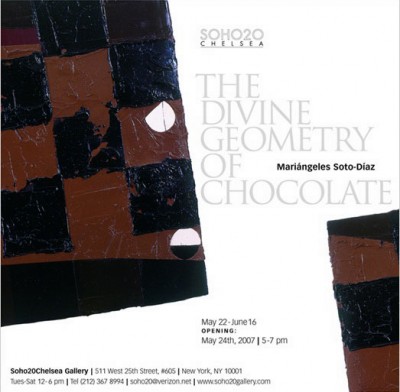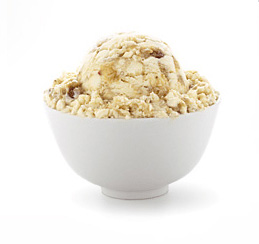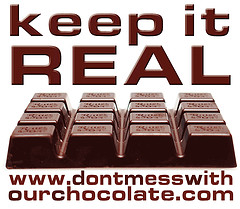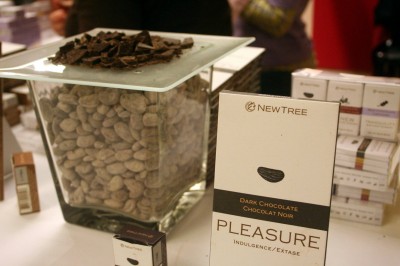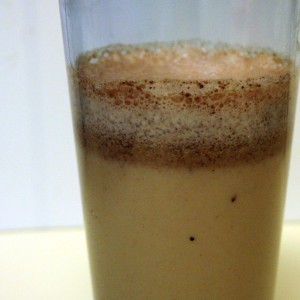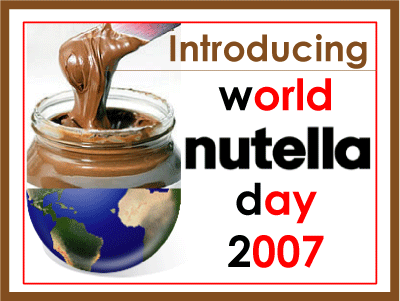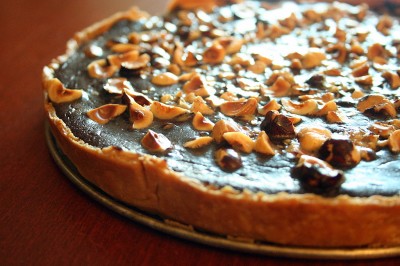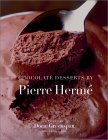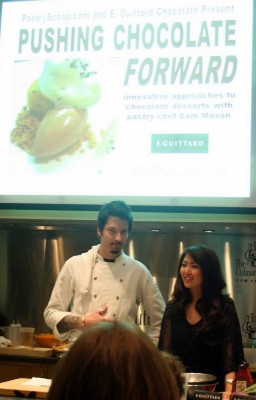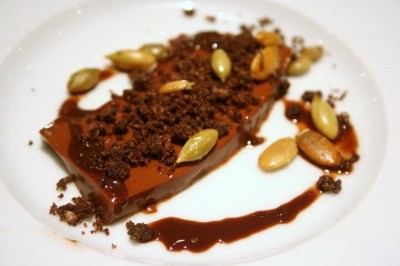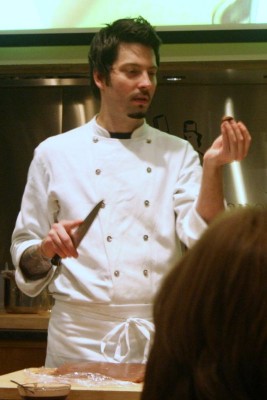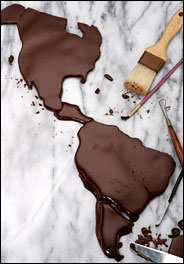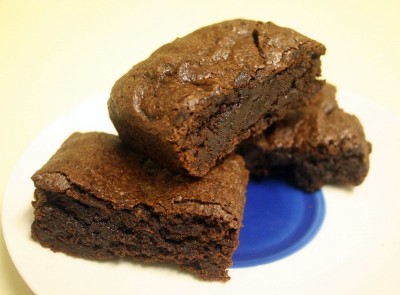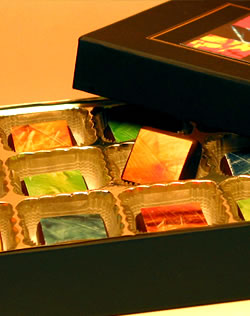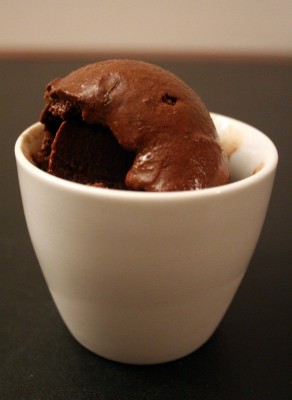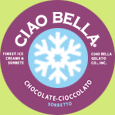Jacques Torres Chocolate Meetup
If it weren’t for some New York Times food writer, there wouldn’t have been a Jacques Torres chocolate shop in New York. In 2000, the famed pastry chef decided to make his own chocolate for quality control purposes. This was a huge undertaking, since there are only about 10 chocolate makers in the U.S., as opposed to chocolatiers (aka chocolate melters or re-packagers).
When Times writer Florence Fabricant got wind and asked Jacques when his store would open, he threw out a random date in December. He never intended to welcome visitors; he situated his factory in seedy DUMBO (“Down Under the Manhattan Bridge” in Brooklyn) because rent was cheap, and he could easily transport his wholesale chocolates to other storefronts. But when you have Ms. Fabricant on the phone, you do your best to impress.
During the construction process, Jacques literally had to babysit equipment that was dumped on the sidewalk. He had asked for outside delivery because it was $1,000 cheaper, but it didn’t seem like a bargain as dusk approached. Jacques and about five other guys couldn’t get the machinery to budge. Then he desperately started pulling out $20 bills from his pocket.
“How many of these do I need to give so you can help me move my equipment?” Jacques asked strangers. He finally got a dolly/lift and has accepted in-store delivery since then.
Jacques renovated much of the store himself, armed with a pastry bag and an off-set spatula. He piped out cement (or caulk, or whatever constructors use) from the bag and smoothed it out, just like icing on a cake.
On “opening day,” Jacques placed some chocolates on display and hid an empty shoe box behind the counter as a makeshift cash register. After his first customer bought $20 in chocolate, Jacques did the happy dance. In the following months, customers thanked him for his charming shop. Jacques couldn’t understand why people were handing him money and thanking him for it.
In 2004, he opened a second storefront in Manhattan, Chocolate Haven. I visited on Saturday, during a private tour for the NY Metro Discover Chocolate Meetup.

Jacques Torres showing us behind the scenes in his factory

Candied oranges are boiled in syrup for so long that all the moisture is replaced by sugar.
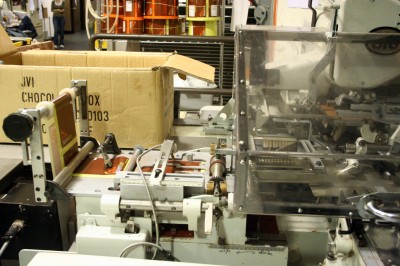
This machine wraps more than one bar a second, if I recall correctly.
During the tour, Jacques talked about the history of his business and how to choose chocolate for eating. When he first made truffles, Jacques blended Valrhona Manjari and a 70% chocolate (probably Le Noir Amer). While the materials and technique were good, a pastry chef friend told him that the truffles tasted horrible. As noted in my chocolate database, both of these bars have fruity and spicy undertones. These strong flavors are fine for plain eating, but they’ll muddle the flavor of say, coffee truffles.

We compared the 60% house blend, the fruity Peru, and the earthy 72% Ghana.
For most of his truffles, Jacques now uses his own neutral 60% blend. This way, the said flavors explode and don’t interfere with the chocolate. For his passion fruit truffle though, he can get away with using fruity Peruvian chocolate.
As for when to use cocoa powder versus chocolate, Jacques only puts chocolate in his hot, frothy drink. Cocoa leaves the throat feeling dry, since it doesn’t have cocoa butter. Also, since cocoa powder is the unfinished ground bean, it doesn’t have as much flavor as chocolate that’s been conched (stirred) for several hours. That’s not what a low-fat baker wants to hear, but it has interesting implications. If a cake recipe calls for butter and chocolate, try keeping the chocolate and reducing the butter, rather than keeping the butter and swapping in cocoa powder.
One and a half years ago, I thought Jacques’ chocolates were very good for the money. Now I think they’re very good, period. Before, I felt that the presentation was good, but I could hardly distinguish one truffle flavoring from another. On Saturday, the Hearts of Passion went “POW!” and the Heavenly Hazelnut tasted like a European Reese’s peanut buttercup. The couvertures (base chocolate) also tasted stronger and had a thick texture. Jacques said he hasn’t changed his recipes, but he did refine his techniques. One secret was vacuuming all the air out of his ganache (truffle filling), so the aromas won’t evaporate.
Jacques conducts free demos in his Chocolate Haven store every couple of months. It’s always worth a trip to meet this enthusiastic story teller and teacher. He’s like a kid in a grown up’s body. That’s what a lifetime of chocolate does to you!

Jacques savoring his own chocolate.
Jacques Torres Chocolate Haven
350 Hudson at King Street (1 block South of Houston)
New York, NY 10014
212-414-2462 phone
Jacques Torres DUMBO
66 Water Street
Brooklyn, NY 11201
718-875-9772 phone
Related posts:
Chocolate Haven Tour
Chocolate Christmas tree demo
Resources:
Video interviews from Epicurious
Chocolate with Jacques Torres (Food Network show)
Passion for Dessert with Jacques Torres (Food Network show)
Blue-Chip Cookies for the NY Times




